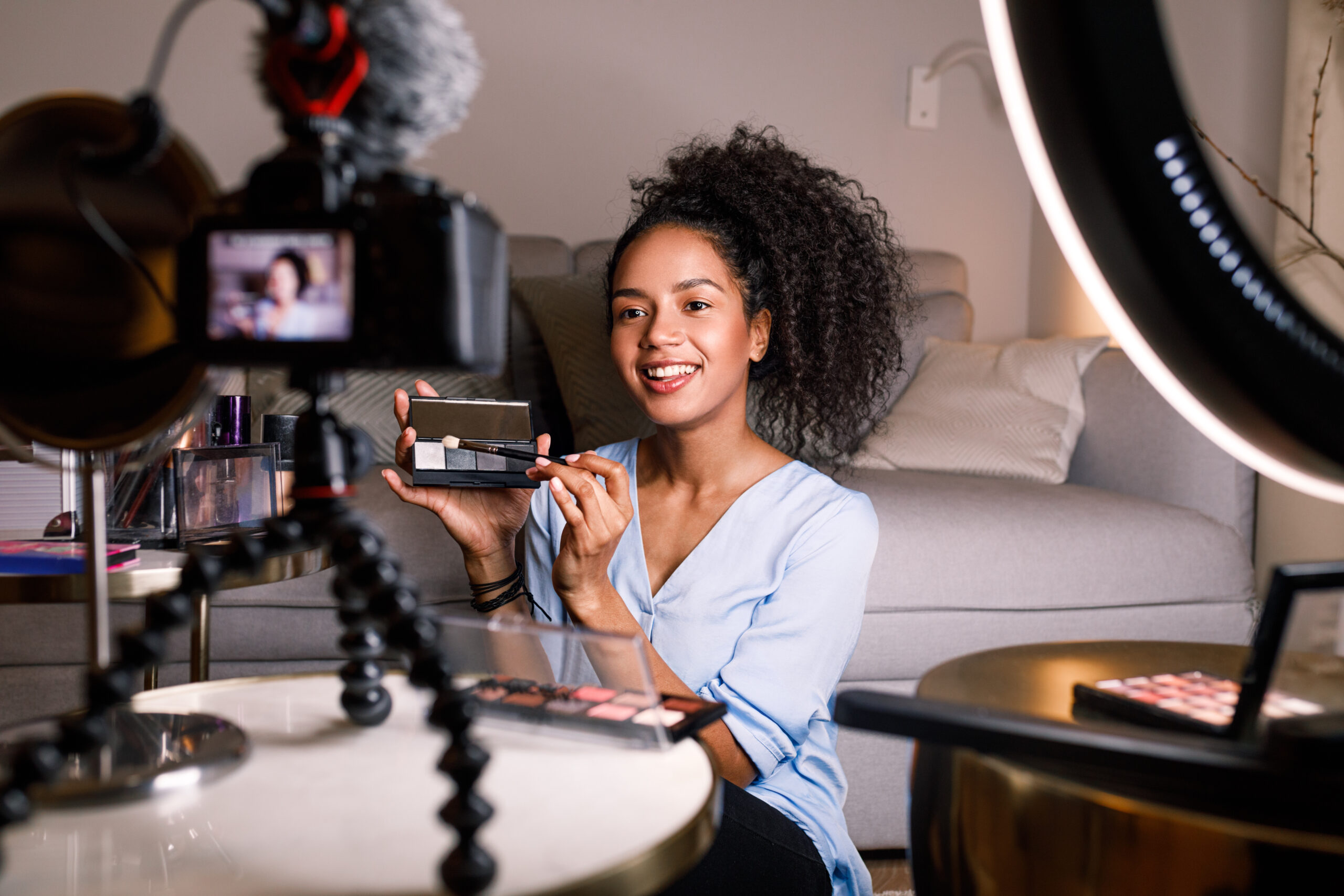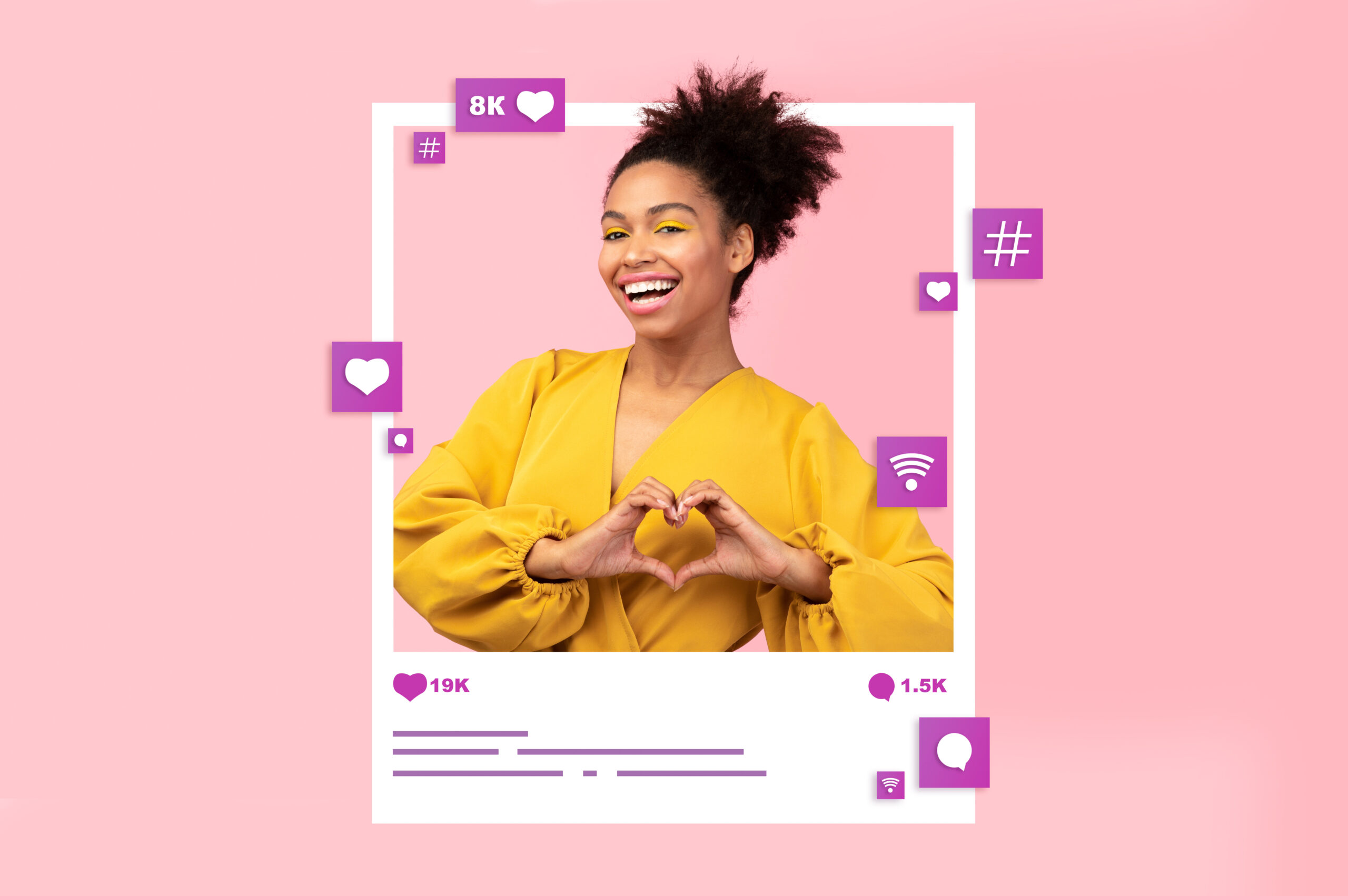In today’s digital landscape, influencer marketing has become a cornerstone of effective brand promotion. With the rise of social media, brands are increasingly leveraging the power of social media influencers to build their presence and connect with target audiences.
However, selecting the right influencer for your brand can be a daunting task. In this blog post, we’ll delve into the process of choosing the right influencer from an agency perspective, providing actionable insights to help you optimize your influencer marketing strategy.
Understanding Influencer Marketing
Influencer marketing is a strategy that involves collaborating with individuals who have significant followings on social media platforms to promote your brand, product, or service. These influencers have established credibility and trust within their niche, making their endorsements particularly valuable.
The core of influencer marketing lies in harnessing this trust to reach and engage with a broader audience.
According to a report by Influencer Marketing Hub, 63% of marketers plan to increase their influencer marketing budgets this year, highlighting the growing importance of this marketing channel (source).
The Importance of Brand Collaboration
Brand collaboration with influencers can take various forms, including sponsored posts, product reviews, giveaways, and more. The key to a successful brand collaboration is aligning with influencers who resonate with your brand values and audience.
This alignment ensures that the influencer’s promotion feels authentic and organic, which can significantly enhance the effectiveness of the campaign.
Here are some crucial factors to consider when choosing the right influencer for your brand:
1. Define Your Goals and Objectives
Before diving into the influencer selection process, clearly define your goals and objectives. Are you looking to increase brand awareness, drive sales, or boost engagement? Your objectives will guide your decision-making process and help you identify influencers who align with your goals.
For example, if your goal is to drive sales, you might want to partner with influencers who have a high conversion rate and a track record of successfully promoting products. On the other hand, if you aim to build brand awareness, influencers with a larger following and high engagement rates might be more suitable.
2. Identify Your Target Audience
Understanding your target audience is crucial for selecting the right influencer. Consider the demographics, interests, and behaviors of your ideal customers. This will help you find influencers whose followers match your target audience profile.
Utilize tools like Google Analytics and social media insights to gather data about your audience. Additionally, platforms such as Socialbakers and HypeAuditor offer valuable analytics to understand influencer demographics and audience quality.
3. Assess Influencer Relevance and Niche
Influencers are categorized into various niches based on their content and expertise. Choose influencers who align with your brand’s niche and values.
For instance, a fitness brand should collaborate with influencers who focus on health and wellness, while a tech company might partner with influencers who specialize in technology and gadgets.
Evaluate the influencer’s content to ensure it aligns with your brand’s messaging and image. Review their previous collaborations and assess how well their content integrates with brand promotions.

4. Evaluate Influencer Engagement and Authenticity

4. Evaluate Influencer Engagement and Authenticity
Engagement metrics such as likes, comments, and shares are important indicators of an influencer’s effectiveness.
High engagement rates suggest that the influencer’s audience is actively interacting with their content, which can translate to higher visibility and impact for your brand.
However, be cautious of inflated engagement numbers. Use tools like BuzzSumo and Followerwonk to analyze engagement rates and verify the authenticity of an influencer’s following.
5. Analyze Influencer Reach and Audience Quality
Influencer reach refers to the number of followers an influencer has. While a large following can provide extensive exposure, it’s essential to assess the quality of the audience. A highly engaged niche audience can be more valuable than a broad but disengaged following.
Check the influencer’s audience demographics and engagement metrics to ensure they align with your target market. Tools like Klear and Upfluence offer detailed insights into audience quality and influencer reach.

6. Review Past Collaborations and Reputation
Research the influencer’s past collaborations to gauge their experience and effectiveness. Review case studies and testimonials from previous brand partnerships to understand their performance and impact.
Additionally, assess the influencer’s reputation and credibility within their niche. Avoid influencers with a history of controversies or negative feedback that could potentially harm your brand’s image.
7. Establish Clear Collaboration Terms
Once you’ve identified the right influencer, establish clear collaboration terms to ensure a successful partnership. Outline deliverables, timelines, compensation, and any other expectations in a detailed contract. Clear communication and agreement on terms help avoid misunderstandings and ensure that both parties are aligned.
8. Monitor and Measure Campaign Performance
After launching the influencer marketing campaign, monitor its performance using key metrics such as engagement rates, reach, website traffic, and conversions. Tools like Google Analytics and Hootsuite can help track and measure the effectiveness of your campaign.
Gather feedback and analyze results to assess the impact of the influencer partnership. Use these insights to refine your influencer marketing strategy and make data-driven decisions for future campaigns.
Best Practices for Influencer Marketing
To maximize the effectiveness of your influencer marketing strategy, consider the following best practices:
- Build Genuine Relationships: Foster authentic relationships with influencers by engaging with their content and showing genuine interest in their work. Building a strong relationship can lead to more impactful and long-term collaborations.
- Prioritize Authenticity: Choose influencers who have an authentic connection with their audience. Authentic endorsements are more likely to resonate with followers and drive positive results for your brand.
- Leverage Different Influencer Tiers: Consider collaborating with influencers from different tiers, such as micro-influencers, macro-influencers, and celebrities. Each tier offers unique advantages and can contribute to a well-rounded influencer marketing strategy.
- Stay Up-to-Date with Trends: Keep abreast of emerging trends and changes in the influencer marketing landscape. Staying updated on industry developments can help you adapt your strategy and stay ahead of the competition.
Conclusion
Choosing the right influencer for your brand requires a strategic approach and careful consideration. By defining your goals, understanding your target audience, assessing influencer relevance and engagement, and establishing clear collaboration terms, you can optimize your influencer marketing strategy and achieve meaningful results.
Influencer marketing, when executed effectively, can elevate your brand’s visibility, credibility, and engagement. As you navigate the influencer landscape, remember to prioritize authenticity and build genuine relationships with influencers to maximize the impact of your campaigns.

0 Comments